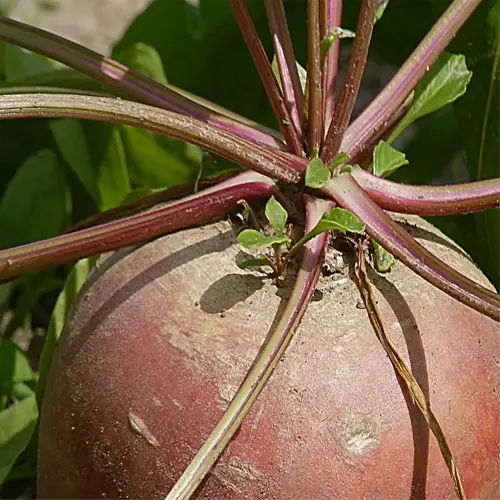What plants cannot grow near walnut trees?

Written by
Liu Xiaohui
Reviewed by
Prof. Charles Hartman, Ph.D.Walnut trees produce juglone, a natural chemical that is harmful to many plants. In my first garden, the tomatoes never grew beyond small stunted growth while growing beneath the canopy of a black walnut tree. Tests conducted by the lab confirmed juglone poisoning, and now I maintain a distance of over 50 feet between any sensitive species and walnut trees. I've learned with walnuts spacing and soil amendments are everything to save a season.
Vegetables to Avoid
- Tomatoes, peppers, and potatoes wilt within weeks
- Rhubarb develops blackened roots
- Replace with juglone-tolerant asparagus or onions
Ornamental Risks
- Azaleas and rhododendrons drop leaves
- Peonies fail to bloom
- Plant shade-tolerant hostas or ferns instead
Fruit Bushes
- Blueberries and apples show stunted growth
- Blackberries develop yellow leaves
- Opt for elderberries or serviceberries
Groundcovers
- Clover and alfalfa die off
- Creeping thyme struggles
- Use vinca or pachysandra for erosion control
Using fresh soil within raised beds will reduce exposure to juglone toxicity. My own raised beds have landscape-grade fabric lining to keep roots from creeping into those beds. I also add some activated charcoal around seedlings to filter out toxins. I now have kale in a raised bed that is about 30 feet from a black walnut tree, where tomatoes were a miserable failure.
Test for juglone in your soil before planting. Many Extension offices offer an inexpensive kit to confidently test for it. I tested my soil for juglone and got 2 ppm close to the trunk, which can be lethal to most annuals I planted. I tested soil at a distance of 40 feet from the trunk and got 0.3 ppm, which allowed Kentucky bluegrass and daylilies to thrive.
Read the full article: How to Grow Walnuts: 7 Essential Steps for Healthy Trees

